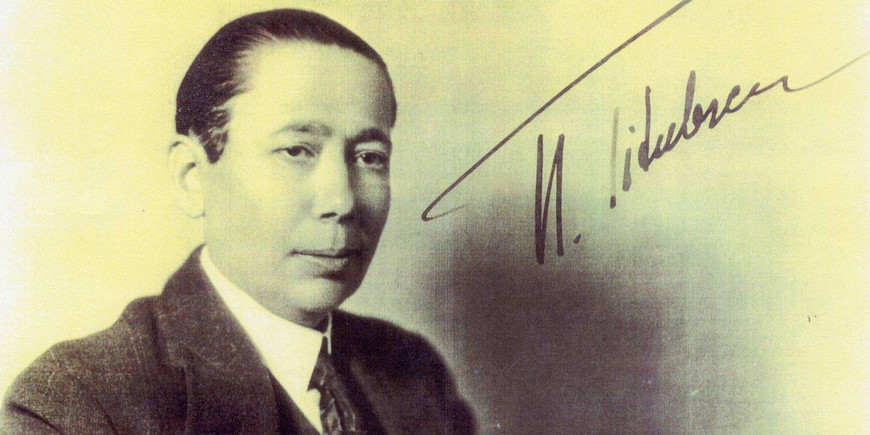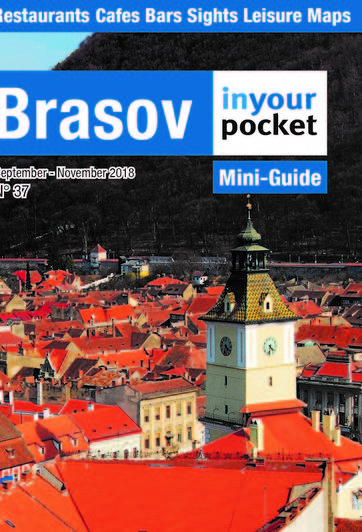Romanians You Should Know: Nicolae Titulescu
more than a year ago
Nicolae Titulescu was born in Craiova, in 1882, to a family of solicitors, and himself studied law, in Paris, from 1900-5, before returning to Romania to pursue an academic career, becoming the Dean of Iasi University’s Law faculty in 1907. Titulescu had long been interested in politics and international relations however, and in 1912 entered parliament as an MP for the Democratic-Conservative Party of Take Ionescu, taking his first cabinet post, as Finance Minister, five years later. Moving to Paris at the close of World War I he formed the International Romanian Committee, made up of prominent Romanian politicians and sympathisers, which lobbied for the unification of Transylvania with the rest of Romania.
Following Romania’s success at Versailles, Titulescu became a major player on the world stage, and took a leading role in the creation of the League of Nations in 1921, an organisation he would twice later lead, in 1930 and 1931. In this role he pursued his policy of resolving conflict through multi-lateral negotiation. He detested the plethora of bilateral or trilateral pacts which he believed had done so much to precipitate World War I.
Titulescu, an Anglophile, served as Romania’s ambassador to London from 1921-27, before returning home to take the post of Foreign Minister, a job he would hold on and off until 1936. It is in this capacity that he is best remembered, being revered by many though regarded as a traitor by many others. Titulescu was one of nature’s liberals, and betrayed leftist sympathies on a number of occasions, including support for the Republicans in the Spanish Civil War. It is said – though the details remain sketchy – that it was this support for the Spanish left (which went against the prevailing extreme right-wing Romanian politics of the day) which led to his exile in 1936 on the orders of the king, Carol II. He was allowed to return to Romania briefly, in 1937, but otherwise lived in Cannes, France, until his death in 1941.
He is buried in the cemetery of the St. Nicholas Church, in Brasov.





Comments